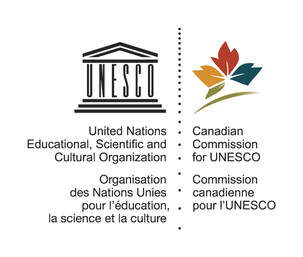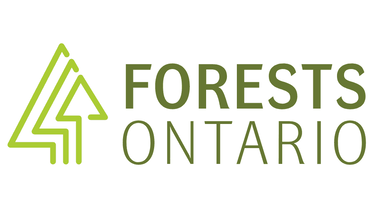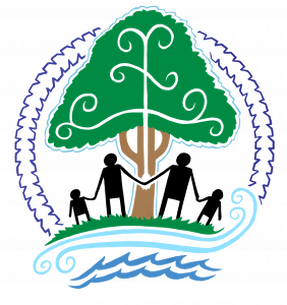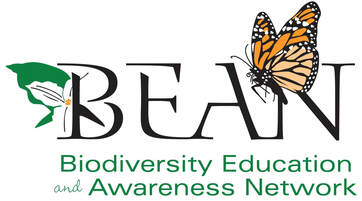CCUNESCOThe Canadian Commission for UNESCO (CCUNESCO) helps Canadians share knowledge locally and globally in order to create better societies and build peace in the minds of men and women. To do so, the Commission facilitates cooperation in the fields of education, science, culture, communication and information to address some of the most complex challenges facing the world today. With its initiatives and networks, CCUNESCO supports the United Nations 2030 Agenda for Sustainable Development and other UNESCO priorities. The Commission operates under the authority of the Canada Council for the Arts.
Bruce Trail ConservancyThe Bruce Trail Conservancy is committed to preserving a ribbon of wilderness, for everyone, forever. The Bruce Trail works to secure a permanently protected corridor within the Niagara Escarpment. We show respect for all individuals and groups with whom we interact, recognize our special relationship with landowners, and acknowledge the traditional homelands of the Indigenous peoples of the Escarpment.
University of Guelph Master of Conservation Leadership ProgramThe Master of Conservation Leadership program is designed to meet the needs of the conservation sector. It emphasizes innovative conservation practice including Indigenous-led conservation governance, partnership engagement and private and working lands conservation.
Landscape of Nations 360°Landscape of Nations 360° Incorporated is a not-for-profit organization that creates, designs, and implements educational and expressive arts programs that convey the meaning, depth, substance, and contributions of Indigenous peoples to Canadian history and society. The organization develops projects that are intended to enlighten and transform the public’s understanding of — and engagement with — Indigenous peoples.
Mississippi Mills All My RelationsMississippi Mills All My Relations is a group of community members living in the area focusing on restoring the relationship of trust and friendship between Indigenous and Non-Indigenous Peoples in our country.
Ontario NatureOntario Nature is a conservation organization that protects wild species and spaces through conservation, education and public engagement.
Trent University - Indigenous Environmental Studies and SciencesFor more than 50 years, Trent has incorporated traditional teachings and perspectives into its curricular and extra-curricular programming. In fact, Trent’s groundbreaking leadership in Indigenous Studies dates back to our beginnings, when we became the first university in Canada, and only the second in North America, to establish an academic department dedicated to the study of Indigenous peoples and Indigenous knowledges.
Forests OntarioForests Ontario is dedicated to making our forests greener. Ambitious tree planting initiatives, extensive education programs and decades of community outreach have resulted in millions of trees being planted each year.
Mohawk Council of Akwesasne Environment ProgramIn the tradition of the Ohen:ton Karihwateh:kwen (The Words That Come Before All Else), the Environment Program strives to better understand, protect, maintain, and enhance the natural environment of Akwesasne. We acknowledge the contributions of all elements of creation and strive to ensure that projects within our community adhere to safe environmental practices while keeping aware of current environmental and health issues. We are also committed to sharing knowledge of our Environment through Education and Connection to Community.
South Nation ConservationSouth Nation Conservation has a strong history in watershed management and leadership in applying sustainability practices. As an agency established under the Conservation Authorities Act of Ontario in 1947, SNC has decades of practical experience in protecting our environment and engaging communities. Today, it manages 4,480 km2 of land in Eastern Ontario; employs more than 40 staff; and has lead hundreds of stewardship projects to success.
Algonquin to Adirondacks CollaborativeThe A2A Collaborative facilitates a network of partner organizations working to connect lands and people across the Algonquin to Adirondacks region, to enhance a critical link for biodiversity and resilience in eastern North America.
Biodiversity Education and Awareness NetworkHelping Ontarians change behaviours to revitalize biodiversity. The Biodiversity Education and Awareness Network (BEAN) connects scientists and governments with teachers, parents and students to provide education and practical actions to recover and prevent biodiversity-loss in the province.
|
-
Home
- Donate
-
Projects
-
Canada
>
- Plenty Canada CampUs
- The Healing Places
- Two-Eyed Seeing Bird Knowledge
- Niagara Escarpment Biosphere Network
- Greenbelt Indigenous Botanical Survey
- Great Niagara Escarpment Indigenous Cultural Map
- Ginawaydaganuc Indigenous Food Sovereignty
- Indigenous Languages and Cultures Programs >
- Wild Rice
- Good Mind Grappling (partnership)
- Ginawaydaganuc Village (partnership)
- Youth Programming >
- Americas >
- Africa >
-
Canada
>
- News
- Resources
- Partners
- Contact Us
Our Location266 Plenty Lane Lanark, Ontario Canada K0G 1K0 (613) 278-2215 |
Donate to
|
Subscribe to our Newsletter |












